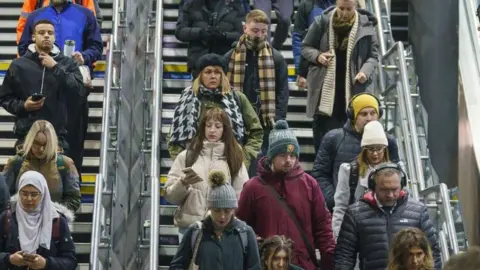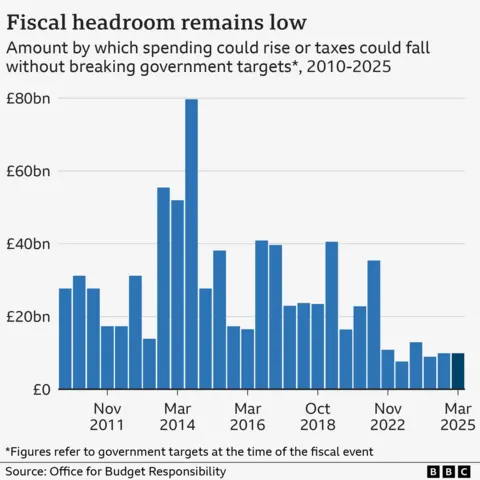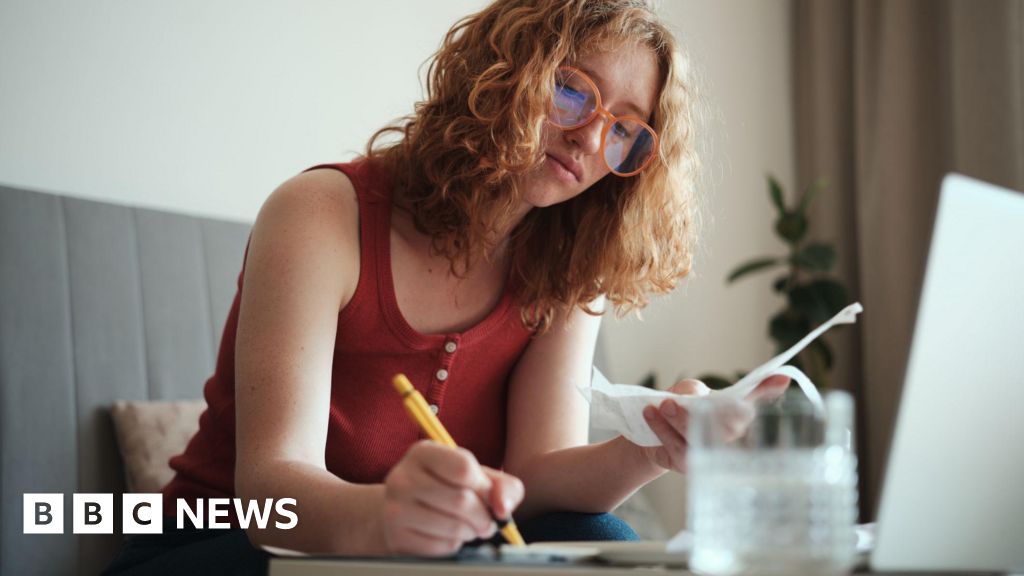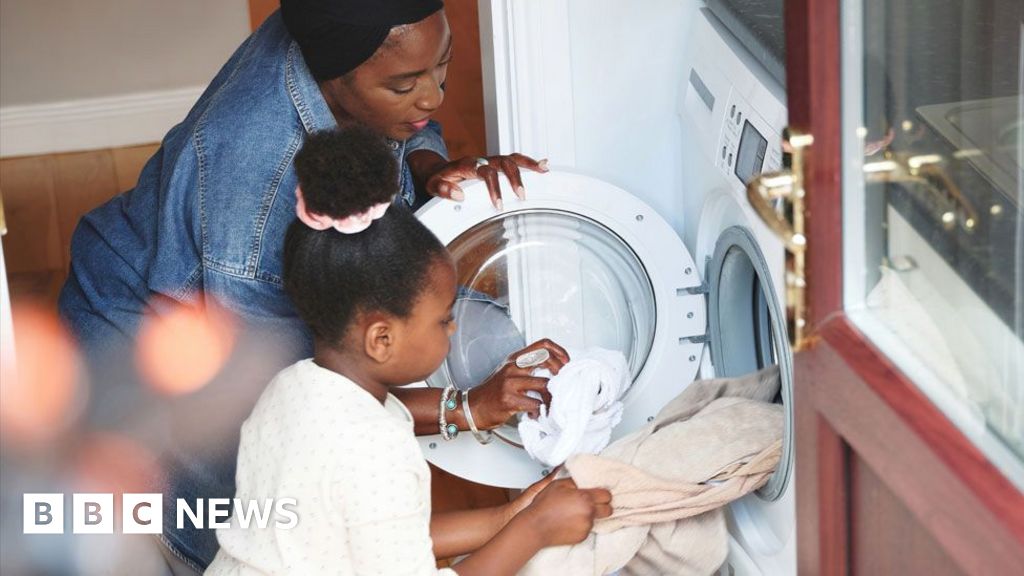Shanaz Musafer
Business reporter, BBC News

 Getty Images
Getty Images
Tax rises could be on the way in the autumn, economists have warned, after Chancellor Rachel Reeves delivered her Spring Statement.
Reeves is set to meet her self-imposed financial rules after announcing welfare cuts and other changes to departmental spending.
But there is global uncertainty around the impact of US President Donald Trump's tariffs, with the government's official forecaster saying a worst-case scenario could wipe out the chancellor's room for manoeuvre.
The Office for Budget Responsibility (OBR) also halved its growth forecast for the UK this year to 1%, down from its October prediction of 2%.
"I am not satisfied with these numbers," said Reeves, who has made growing the economy one of her key promises.
However, the OBR raised its growth forecasts for the following years and Reeves said by 2029-30 the economy would be bigger compared to the forecast at the time of the Budget in October.
Ahead of the Spring Statement, the chancellor had been under pressure, with much speculation over how she would be able to meet her self-imposed fiscal rules. The two key ones are:
Not to borrow to fund day-to-day public spendingTo get government debt falling as a share of national income by the end of this parliamentIn October, the OBR said that Reeves had £9.9bn headroom by 2029-30 with regards to day-to-day spending - the amount left over after meeting the fiscal rule.
The chancellor said that changes in the global economy had altered the picture since then and she would have missed that rule by £4.1bn due to an increase in government borrowing costs.
However, the measures announced on Wednesday, including changes to departmental spending and widespread welfare reforms, "restored in full our headroom" to £9.9bn, she said.
The OBR acknowledged that risks around the global outlook had intensified since October. It said that in a worst-case scenario, if the impact of US President Donald Trump's tariffs leads to lower-than-expected growth, this could "almost entirely eliminate the headroom against the fiscal mandate".
Paul Johnson, director of the Institute for Fiscal Studies think tank, said: "If you are going to have 'iron-clad' fiscal rules then leaving yourself next to no headroom against them leaves you at the mercy of events."
The £9.9bn is the third lowest margin a chancellor has left themselves since 2010. The average headroom over that time has been £30bn.


"We can surely now expect six or seven months of speculation about what taxes might or might not be increased in the autumn," said Mr Johnson.
Paul Dales, chief UK economist at Capital Economics, agreed it seemed "inevitable... that at some point the government may have to break its election promises and raise taxes for households" as non-defence spending could only be cut so far and there were limits to how much public borrowing could rise.
Regarding the second rule, Reeves said the OBR had forecast it would be met two years early, with a headroom of £15.1bn by 2029-30.
The OBR now expects the economy to grow by 1.9% in 2026, by 1.8% in 2027, by 1.7% in 2028 and by 1.8% in 2029.
The chancellor said the OBR had now taken into account planning reforms and housebuilding targets the government announced when it first took office in July and had concluded these reforms would increase GDP by 0.2% by the end of the parliament, and by 0.4% within a decade.
"The OBR have concluded that our reforms will lead to housebuilding reaching a 40-year high of 305,000 by the end of the forecast period," Reeves said.
Labour has pledged to build 1.5 million homes in England by 2029-30, and Reeves said the party's reforms were "taking us within touching distance" of delivering that manifesto promise.
The OBR also raised its forecast for inflation this year to 3.2% but expects the rate of price rises to fall back to the Bank of England's 2% target in 2027.
Real household disposable income per person is expected to grow by an average of around 0.5% a year, the OBR said. The forecaster said stronger wage growth meant this figure was slightly higher than in its previous prediction in October.
Reeves said this meant that by 2029 households would be on average more than £500 a year better off compared with what the OBR had expected in October.

 Movie
Movie 2 months ago
82
2 months ago
82 



![Presidents Day Weekend Car Sales [2021 Edition] Presidents Day Weekend Car Sales [2021 Edition]](https://www.findthebestcarprice.com/wp-content/uploads/Presidents-Day-Weekend-car-sales.jpg)



 English (United States)
English (United States)